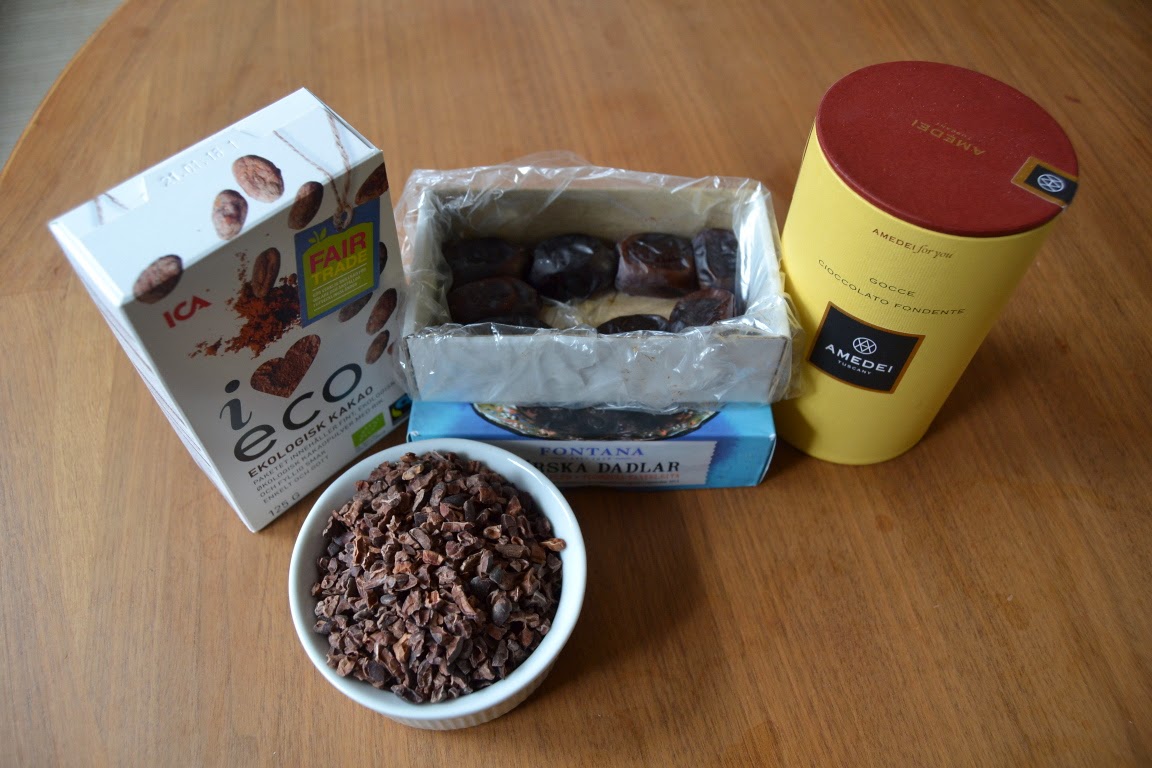Well, it's been a while...mmmm....awkward silence. Sorry about that. Life has been busy, I've actually been on some interesting adventures, but just didn't get around to blogging about it! I'll remedy that in the next few weeks but for now, I thought I'd share a recipe.
This week heralds the beginning of a liver cleanse for me. I've noticed some classic 'over-burdened liver' signs in recent months - tiredness, joint pain, unusual sensitivity to chemicals (perfumes, alcohol etc) and nausea at various times throughout the month (and no, I'm not pregnant!) - so am giving my poor liver some attention.
The liver does a huge amount of work, not only in filtering blood, but also in converting thyroid hormones to their active form, producing bile, storing Vitamin D...the list goes on! So, I reckon my liver needs some help and this week I am beginning by cutting out sugar, coffee, dairy, alcohol and all grains. I won't feel deprived tho (well, I might, but I'll have to get over it!) I'll be feasting on fresh veggies, veg juices, seasonal berries, eggs & oily fish.
Either with breakfast or lunch I'm having a vegetable juice, which I then blend with avocado to add some fibre and fats, helping to balance out all the sugar from the veg. You might not think of veg as being a big source of sugar, but when you juice things like carrots and apples, most of the fibre is removed and you can end up with a recipe for a blood sugar spike. I'm also using organic veg as much as possible, the less chemicals the better, especially when I'm working on reducing the chemical load on my liver!
Yesterday I juiced the following:
1 medium sized raw organic beetroot
2 sticks organic celery
3 medium sized organic carrots
2 organic apples (I used golden delicious, but would prefer something a bit sharper if I could get it)
A fairly large piece of organic ginger - I used about 5cm, which is quite fiery, but I'm used to it. If you want to ease into it, maybe just try 1 or 2 cm. If you can't get organic, remove the skin.
3cm organic cucumber - I would have used more, but it was all I had left in the fridge!
Then I put the juice in my blender, with half an avocado and a dessert spoon of barley grass powder. Blitzed till smooth, it looked bright pink and creamy. Yum Yum
A few things worth noting:
Beetroot is the most wonderful vegetable for liver & blood support. Eaten whole it contains pectin (among other things) which is particularly helpful in 'scrubbing' the liver, so I would suggest eating whole beetroot too, roasted or grated into a salad. Raw juice protects the betaine, a substance that supports the liver in eliminating toxins. Beetroot is also rich in antioxidants, folate, iron, choline and betacyanin, all wonderful for the liver, blood and other organs in the body.
I could talk for hours about Barley grass (but I'll spare you!) It's an incredibly powerful grass (not the grain) rich in antioxidants & phytonutrients that protect all cells from free radical damage, but particularly the liver. I absolutely adore it, it's rich in chlorophyll and is powerfully alkalising - much needed in a western diet which is predominantly acid forming. Apart from Vitamin D, barley grass contains every vitamin, most minerals (especially calcium) and all the amino acids we need. Get some and keep it in your cupboard, add a teaspoon to any kind of smoothie. It tastes quite pleasant, a little bit earthy, but the sweetness from the carrots & apples helps to balance that out. If you've ever tasted spirulina and thought you might die, barley grass is much easier to swallow.
I use a masticating juicer, which works slowly and with very little heat. This protects many of the nutrients - vitamins and enzymes particularly - so is a better option than a centrifugal juicer.
When making this juice, or any that you add a powder like barley grass to, add the powder into the blender before the juice. I find it helps to prevent the powder flying around everywhere once you hit the blend button.






























